It was a long-held misconception that when you have pet allergies, you are allergic to the animal’s hair. In truth, if you are allergic to dogs, you are actually allergic to a protein that is secreted in their dander, saliva, and urine.
If you have dog allergies but desperately want to bring a canine into your family, there are steps to take that might make this possible.

The 12 Things to Do When You Are Allergic to Dog Dander
1. Get an Allergy Test
This is recommended because you might not actually be allergic to dogs! There could be something else in your environment causing your allergies.
You might also be interested to learn that studies have shown that about 30% of people are allergic to unneutered male dogs only.1 So, you might be able to live with a female dog or a neutered male.
2. Brush Your Dog Frequently
The more hair your dog sheds, the more dander hitches a ride on the hair and floats into every nook and cranny in your home. The more often your dog is brushed, the less hair and dander will come off your dog while they are inside and the fewer allergens will be in your home. It would be best if someone else who’s not allergic does the brushing, or you should at least wear a dust mask. Just be sure to do the brushing outside or in an enclosed space that you don’t need to use. Some people suggest bathing your dog weekly, but keep in mind that too much bathing can dry your dog’s skin, which will only lead to more dander.
3. Keep Your Dog Out of the Bedroom
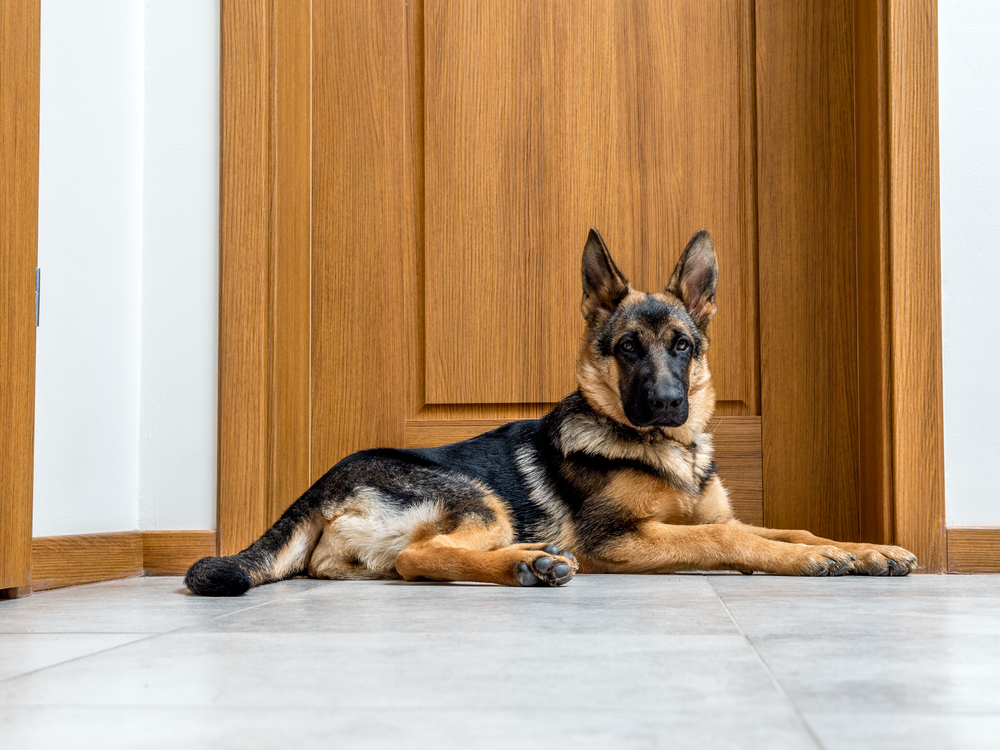
It’s best to limit a few of the rooms in your house to your dog. For example, your bedroom should be a dog-free space, as having an allergic reaction while trying to sleep can guarantee a bad night’s sleep. Allergens will still find a way into your room, but there will be considerably fewer of them.
4. Vacuum and Clean Regularly
The bad news is that owning a dog that you’re allergic to means doing much more cleaning. Invest in a vacuum with a HEPA filter, which will prevent the allergens from escaping back into the environment. You’ll also want to use statically charged products like those from Swiffer and mop and dust with damp cloths. Avoid using brooms and regular dusters, as these will only kick up the allergens rather than remove them.
5. Have Someone Else Do the Cleaning
The good news is that you have an excuse to ask someone else to do the cleaning for you! If you can afford it, use a cleaning service, or ask a family member without allergies to help out. You can also use a dust mask while cleaning if no one can help you. Be aware that the allergens will take a few hours to settle once the cleaning is done.
6. Invest in a HEPA Filter
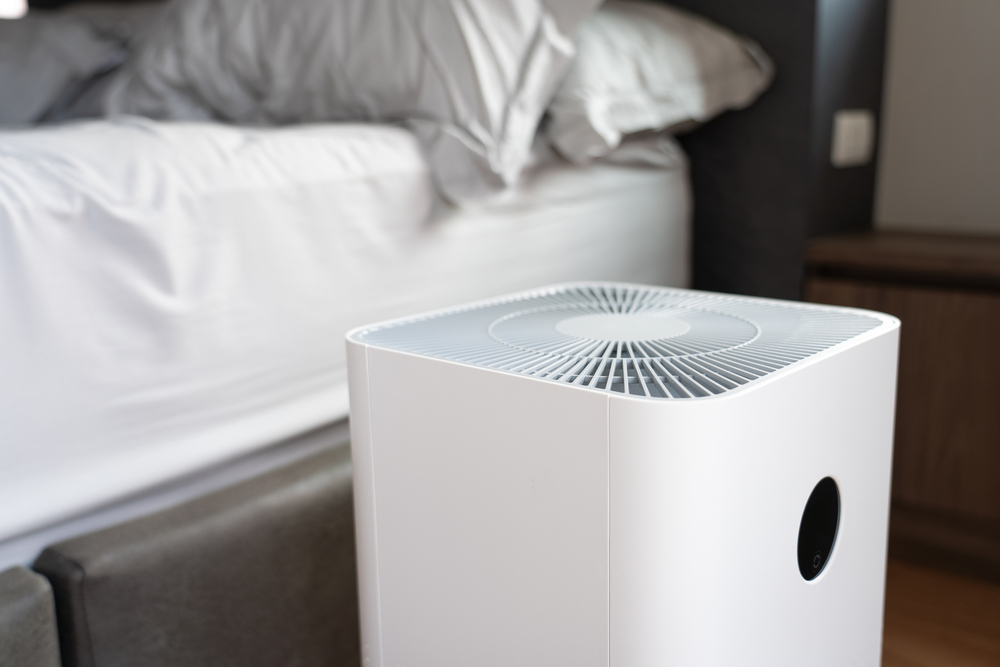
A good HEPA filter placed in your furnace and air conditioning units can help reduce the dander in your home. You should also consider investing in an air purifier with a HEPA filter. You can get multiples and put one in every room that you use frequently or just get one or two. These are particularly helpful in areas where your dog spends the most time.
7. Consider Allergy Medication
If you have allergies, you are likely already stocked up on allergy medications. You should still speak with your doctor about the best treatments. You can also consult with an allergist about immunotherapy, which is a course of allergy shots designed to build a tolerance to dog allergens over time.
8. Launder Bedding Often
Make a point of throwing your dog’s bed and/or bedding in the wash at least once a week. Wash your clothing frequently too. You should use hot water when possible and look for detergent and dryer sheets that are designed to repel dog hair.
9. Check Your Dog’s Diet
If your dog has dry skin, it might be from allergies, but regardless of the cause, dry skin will mean more dander. To fix this issue, speak to a veterinarian about your dog’s diet. High-quality food should keep your dog’s skin and coat in good health. Ask about adding supplements like omega-3 fatty acids, found in fish oil, to your dog’s diet. These can help keep your dog’s coat moisturized.
If you need to speak with a vet but can't get to one, head over to PangoVet. It's our online service where you can talk to a vet online and get the personalized advice you need for your pet — all at an affordable price!
10. Replace Carpets With Hard Floors
Carpets are like Velcro to dander. If one or more rooms in your home have carpet, you should consider switching to hard floors like hardwood or tile.
11. Wash Your Hands After Touching the Dog
Every time you touch your dog or something that belongs to them, like their bedding or the toys that they’ve slobbered on, wash your hands. Don’t forget that a dog’s saliva can also cause an allergic reaction, so it’s safest to wash up after every interaction.
12. Look For a “Hypoallergenic” Breed
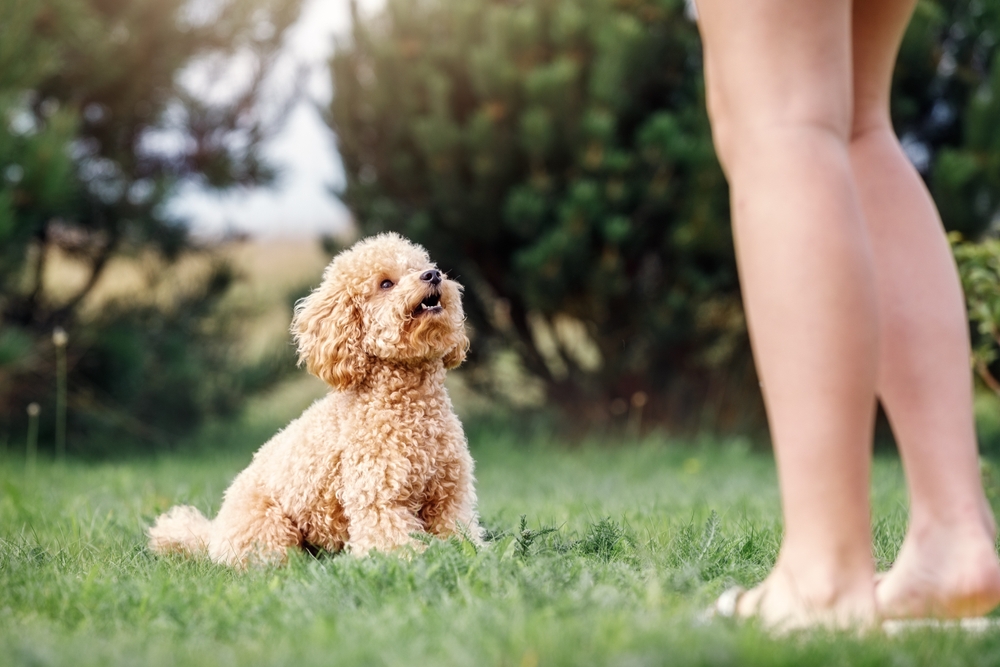
There isn’t such a thing as a hypoallergenic dog—even hairless dogs still have dander and saliva. But some breeds don’t shed much, which makes for less dander. You’ll still be allergic to them; your reactions might just be more tolerable.

Tips for Choosing a Dog When You Have Allergies
Selecting a dog, particularly if you’ve decided to opt for a “hypoallergenic” dog, must be done with thought and research. Beyond the risk of allergies, the dog must have the right temperament to fit in with you and your family. For example, if you’re a bit of a homebody, consider a small breed like the Yorkshire Terrier rather than a Standard Poodle, which needs 1 to 2 hours of exercise daily.
You should also realize that you might have a different allergic reaction to different breeds. For example, you might do better with a Schnauzer than a Havanese. Before committing to a puppy or adult dog, try to interact with the breed that you’re most interested in. Speak to breeders in your area, and ask if you can visit their dogs to gauge how well you can handle being near these breeds. You might find your allergies are the same regardless of the breed, or one breed might stand out.

Conclusion
Remember to get your allergies tested before worrying about the rest. Perhaps you’re not allergic to dogs after all! Also, speak to your doctor about the blood test that might let you know whether you’re only allergic to intact male dogs.
It’s possible to have allergies to dog dander and still live with a canine. It will take time and hard work to prevent issues, but if your love of dogs overrides your dislike of cleaning, it’s well worth it!
Featured Image Credit: New Africa, Shutterstock
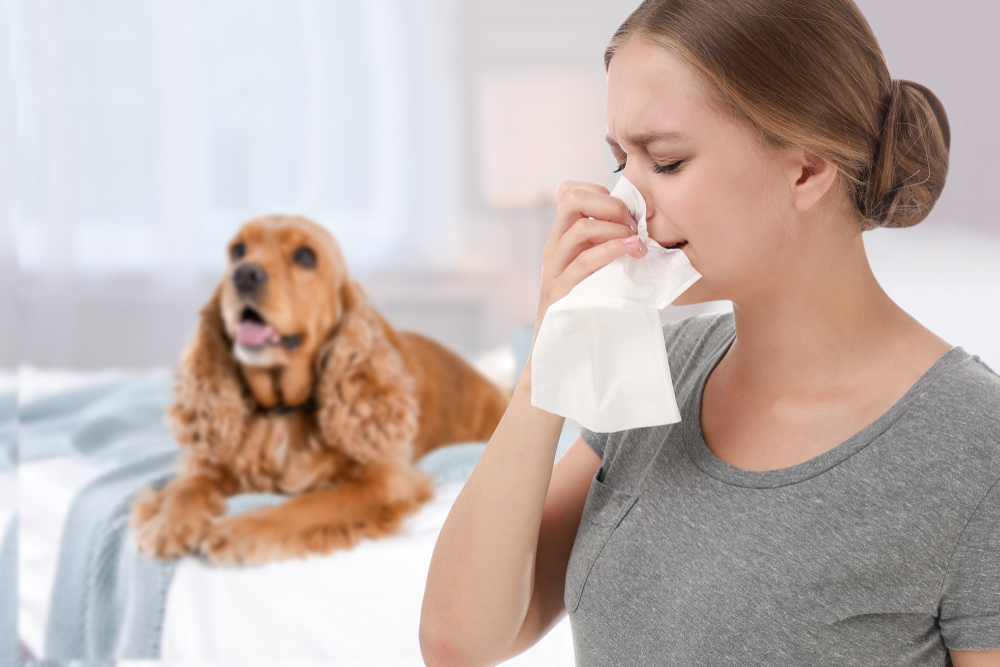

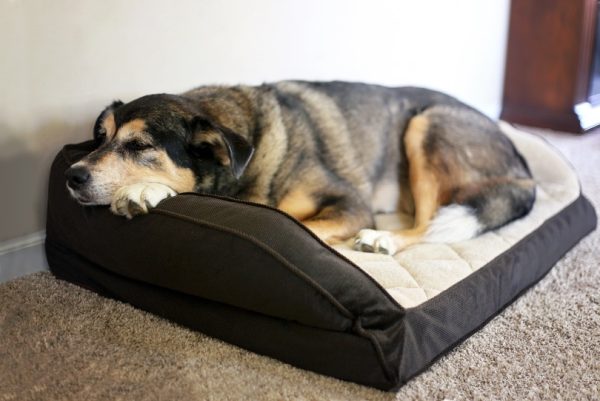



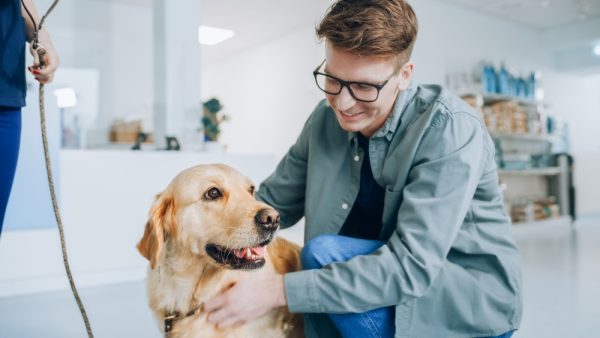
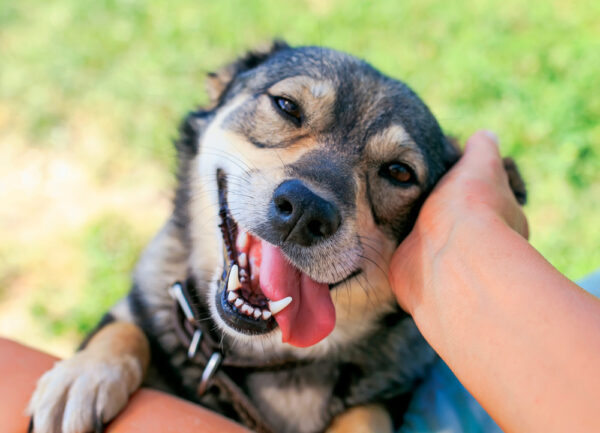







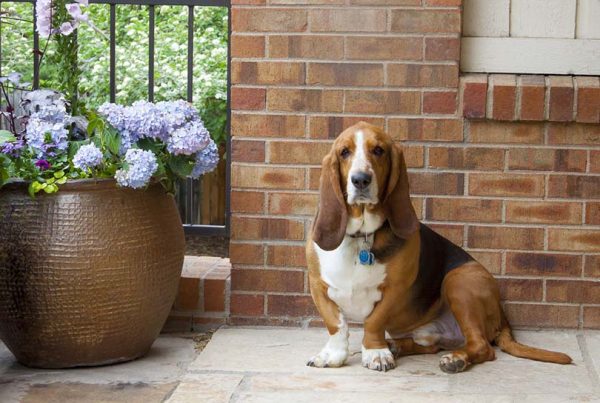



2 Responses
this was very helpful thank u kathryn
Hello Michael,
thank you very much for your feedback. We are glad you found this article helpful.